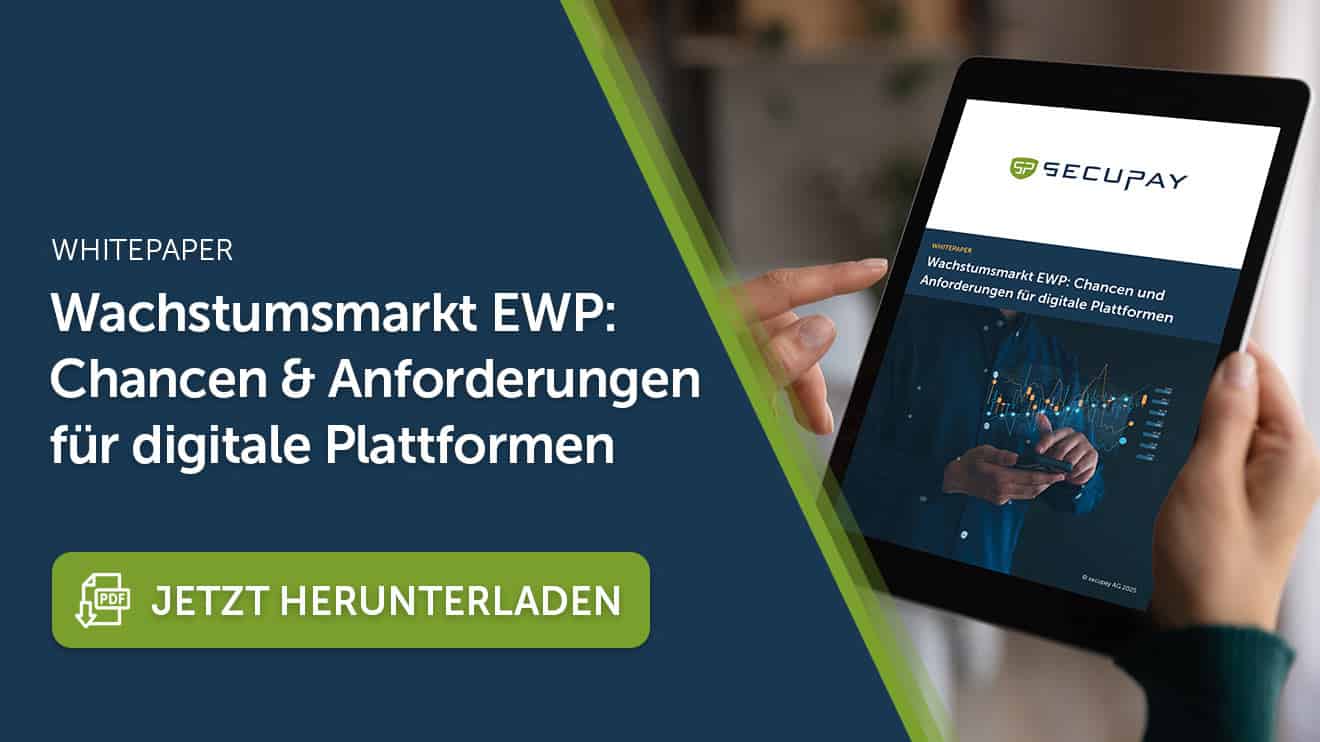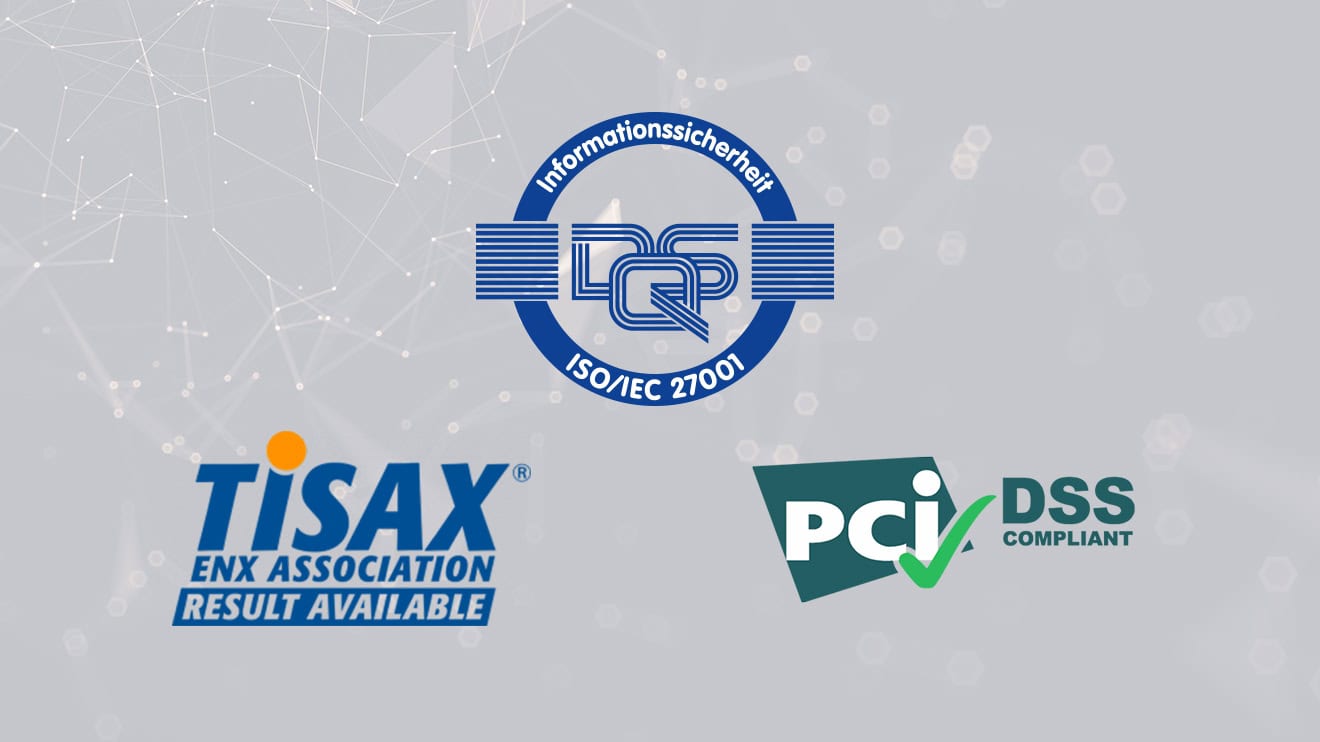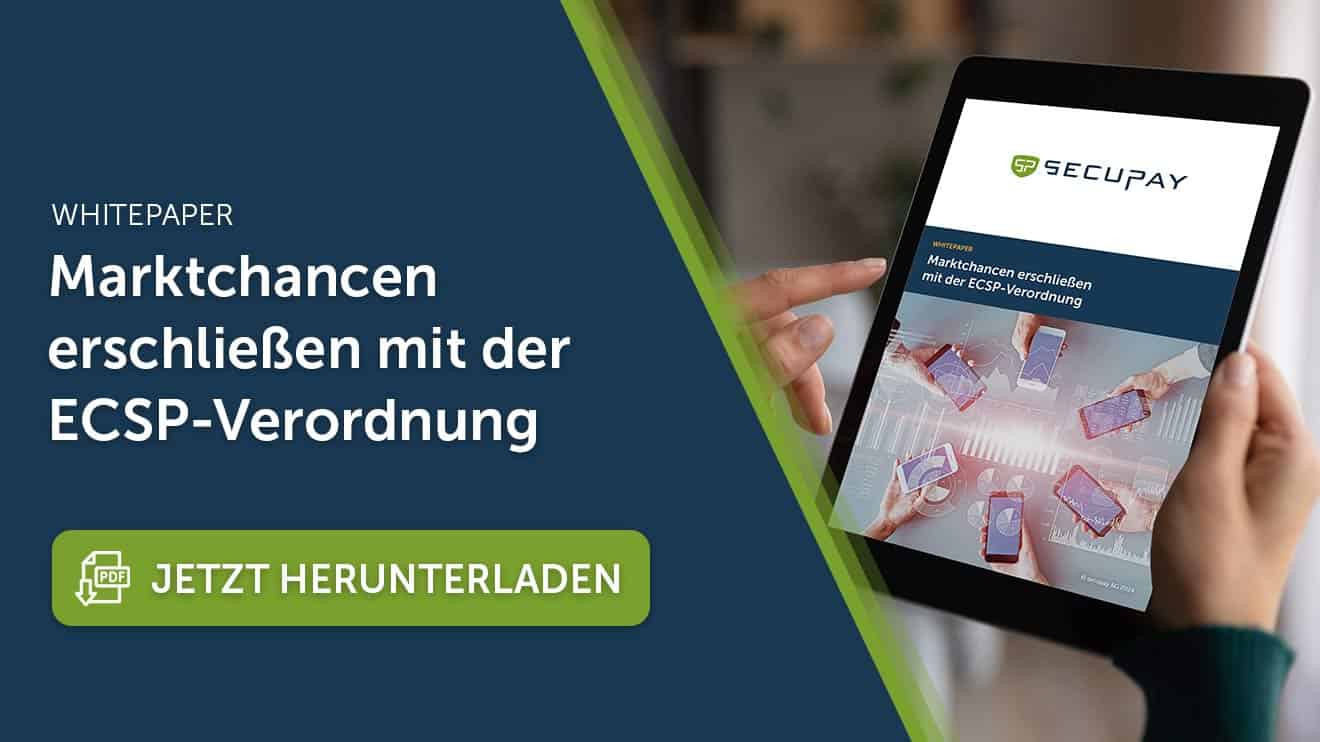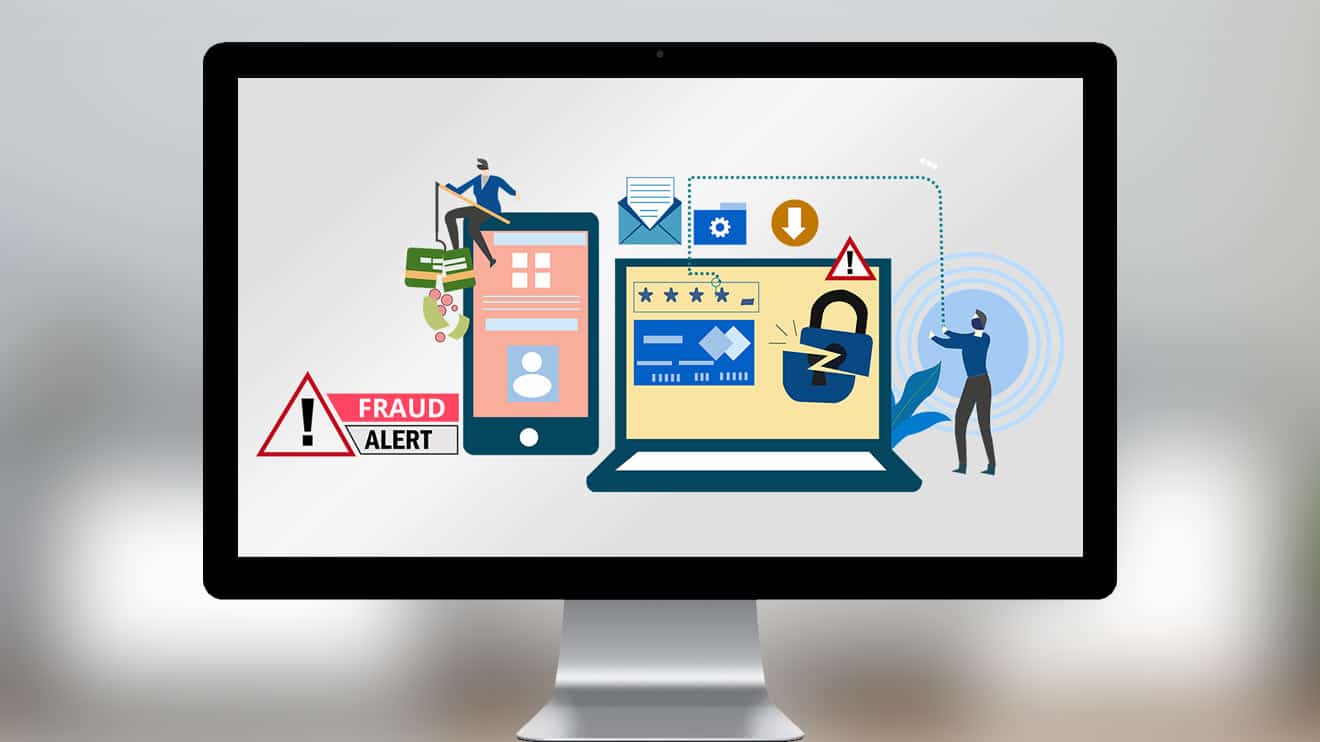Tokenization and platform models on the rise Non Fungible Token (NFT)
Guest article by Alireza Siadat (lawyer):
Non-fungible tokens (NFTs) have been the talk of the town over the past 18 months. Whether art, music, sports, collectibles, carbon credits or precious metals, through their tokenisation, such so-called Real World Assets (RWA) - or also called Non-Bankable Assets (NBA) - are made digitally accessible to consumers as investment and collector objects. Increasingly, tokenisation through NFTs (e.g. ERC 721 or ERC 1155) has been used. However, fungible tokens (e.g. ERC 20) are also increasingly used for the tokenisation of RWA, especially recently. However, distribution on marketplaces and platforms requires compliance with special regulatory requirements.

What does tokenisation of RWA mean?
The "tokenisation of RWA" is used casually in everyday language by many market participants. Yet most participants probably lack understanding. Simply put, there is no such thing as "the tokenisation of RWA". Each tokenisation depends on the individual case. What is decisive first is what is written in the so-called token purchase agreement. What does one buy with the purchase of the token? Ultimately, tokens embody rights, claims or mere information. In the starting point, it is decisive which good is to be tokenised. Is it a thing? Is it movable or immovable? Are only copyrights to be tokenised or are no rights to be digitised but only information? In the tokenisation of immovable things (real estate), tokenisation of the ownership of the thing is not possible at all according to the current German legal situation. This is because for the purchase and transfer of a property, a notarised purchase contract and registration in the land register are first mandatory prerequisites. For both, an interaction (signature at the notary and entry in the land register) is required in the real world, for which there is no blockchain alternative. Tokenisation of movable property does not require a token at all. Using Timeless Investments as an example, one can see that the token only serves as proof of fractional ownership, but the token does not embody fractional ownership. The token follows ownership and not vice versa. In the case of music and other intellectual property, the token usually embodies copyright. Here, too, one must pay close attention to what one is acquiring with the token.
Marketplace and platform models for the secondary market
Tokenisation of RWA promotes the fungibility or free tradability of the asset. While in the primary market (the initial sale) tokenisation serves to enable buyers from all over the world to purchase the asset 24/7, in the secondary market tokenisation enables token holders to trade with each other or third parties to purchase assets from the original token holders. It is precisely this marketplace or platform model that tokenisation enables and promotes.
The role of the payment service provider
In both the primary market and the secondary market, it is crucial to consider how buyers and traders can purchase and pay for tokens. In the old ICO (Initial Coin Offering) and the new NFT world, it was common for the buyer or trader to first exchange their fiat currency (Euros) for a cryptocurrency (usually Ether or ETH) to purchase and pay for the token purchase, and then use ETH to buy or exchange the token. Such a trade may be "normal" and possibly preferred for long-established crypto players. But it is precisely these crypto-players who are usually not part of the target group of NFT or token marketplaces and platforms. Rather, the Web 2 community represents the target group of token marketplaces/platforms. However, this community is usually not familiar with crypto payments. Only very few consumers own a crypto wallet and know how to exchange fiat for crypto. Moreover, this intermediate exchange is costly, user-unfriendly and in most cases constitutes an activity requiring a licence, for which it is not so easy to find the appropriate service provider. If marketplaces plan to offer such a fiat crypto exchange themselves, this fails due to the lack of permission for the crypto custody business and proprietary trading. Therefore, token marketplaces/platforms are increasingly relying on payment by fiat. This is also a user-friendly option for buyers and traders and greatly enhances the UX (user experience) of token marketplaces and platforms. This is because buyers and traders are enabled to pay by credit card, ApplePay or GooglePay. However, what most start-ups that want to set up a marketplace or platform do not know is that they need a cooperation partner, in this case a payment service provider (PSP), for such payment options. This is because these payment options are all regulated payment services for which a licence is required under the Payment Services Supervision Act (Zahlungsdiensteaufsichtsgesetz, ZAG). This is where secupay has positioned itself, especially among German start-ups from the crypto industry. Many crypto companies from my consulting practice trust secupay because it can not only offer the above-mentioned payment options in full, but also -thanks to its experience with crypto start-ups- knows what is important and possible for crypto companies. This PSP helps to set the right course early on when setting up a cooperation model with secupay. For example, crypto companies should be informed early on that Sofort(überweisung) has classified virtual, digital or cryptocurrencies with a high risk, which actually already rules out the "Sofortüberweisung" payment option for crypto companies. PayPal is also unsuitable for crypto companies aiming for a marketplace model, as PayPal does not allow payment splitting. secupay already points out such pitfalls to crypto companies during onboarding.
Special features under supervisory law
While for token marketplaces/platforms mostly only the UX, the speed of the transaction and the costs are relevant, there are certain regulatory specifics that the respective PSP and token marketplaces/platforms should pay attention to.
First, it is crucial what the token represents in legal and regulatory terms. It should be clear to participants whether the token sale is subject to certain regulatory requirements. For example, the sale of assets and securities may require an approved prospectus from the regulator, which is the rule for security tokens. Token marketplaces and platforms usually either need their own permission to trade in crypto assets or should operate under a so-called liability umbrella of a regulated cooperation partner. In addition to this confirmation, it is also imperative for the PSP to understand who identifies the buyers and traders under money laundering law and, if applicable, who screens them under sanctions law (know-your-customer or KYC). It is usually possible in marketplace and platform models to share such information between the participants in so-called KYC sharing without having to check the customer multiple times, which promotes the UX of each platform. For the correct and strategic setup of a platform, it is therefore helpful to address these issues early on.
Credits
Guest post by Kanzlei Annerton




